`# General Idea
SVMs retains three attractive properties:
- SVMs construct a maximum margin separator - a decision boundary with the largest possible distance to example points, helping to generalise well.
- SVMs create a linear separating hyperplane, allowing data that are not linearly separable in the original input space to be easily separable in the higher dimensional space.
- SVMs are non-parametric - instead of learning a fixed number of parameters like in logistic regression or neural networks, SVMs define the decision boundary using only a subset of training points (the support vectors). However, it only keeps the examples closes to the separating plane, generalizing well like parametric models, and retaining flexibility like non-parametric models.
To maximise the margin,
- define the appropriate decision rule
- define margin, and find equation for it
- derive optimisation problem that maximises margin while being consistent with data
Step 1: Decision rule, given weights
Step 2: Equation for the margin
The margin is the distance between the support vectors, which represent the closest points to the decision boundary. The margin is inversely proportional to the norm of
Step 3: Constrained optimization problem
The optimisation problem maximises the margin -
Summary
- Classifier with optimal decision boundary
Hyperplanes
Hyperplane
The zero-offset hyperplane is defined by a normal vector
and contains all vectors for which
With the sign of
For example, given the weights
we can find that
- the point lies on the positive side of the hyperplane (
) - the distance from the point to the hyperplane:
Objective
Given
- features
, described in a vector of real numbers in dimension - target variable
The SVM classifier in the dual formulation is a model that depends on parameters
Sparsity
Generally, many of the points
Hard-Margin SVM (Linearly Separable)
The assumption for this section is that the data is linearly separable
Given labeled data of two classes
For notations, a data point of class
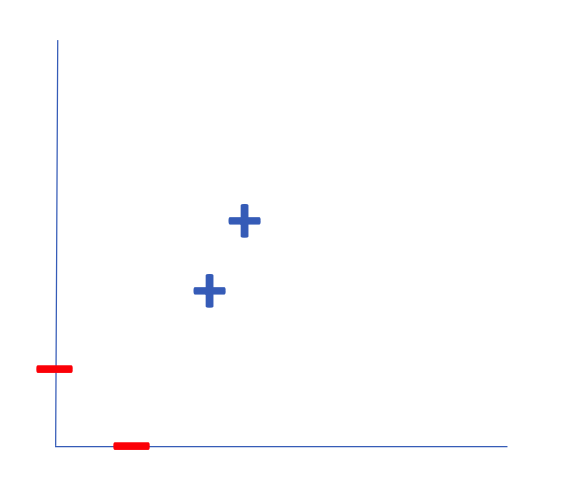
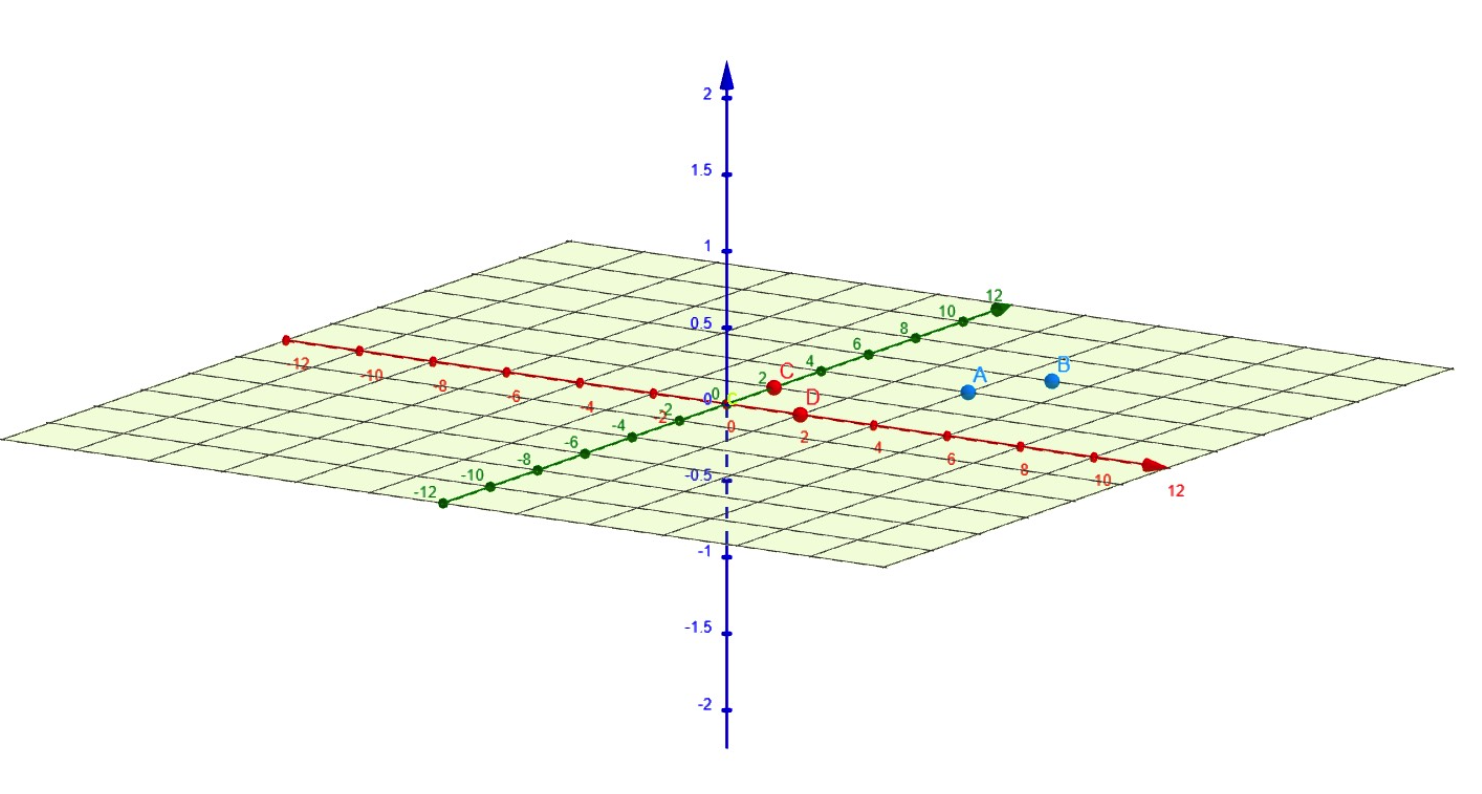
Step 1: Decision Rule
where
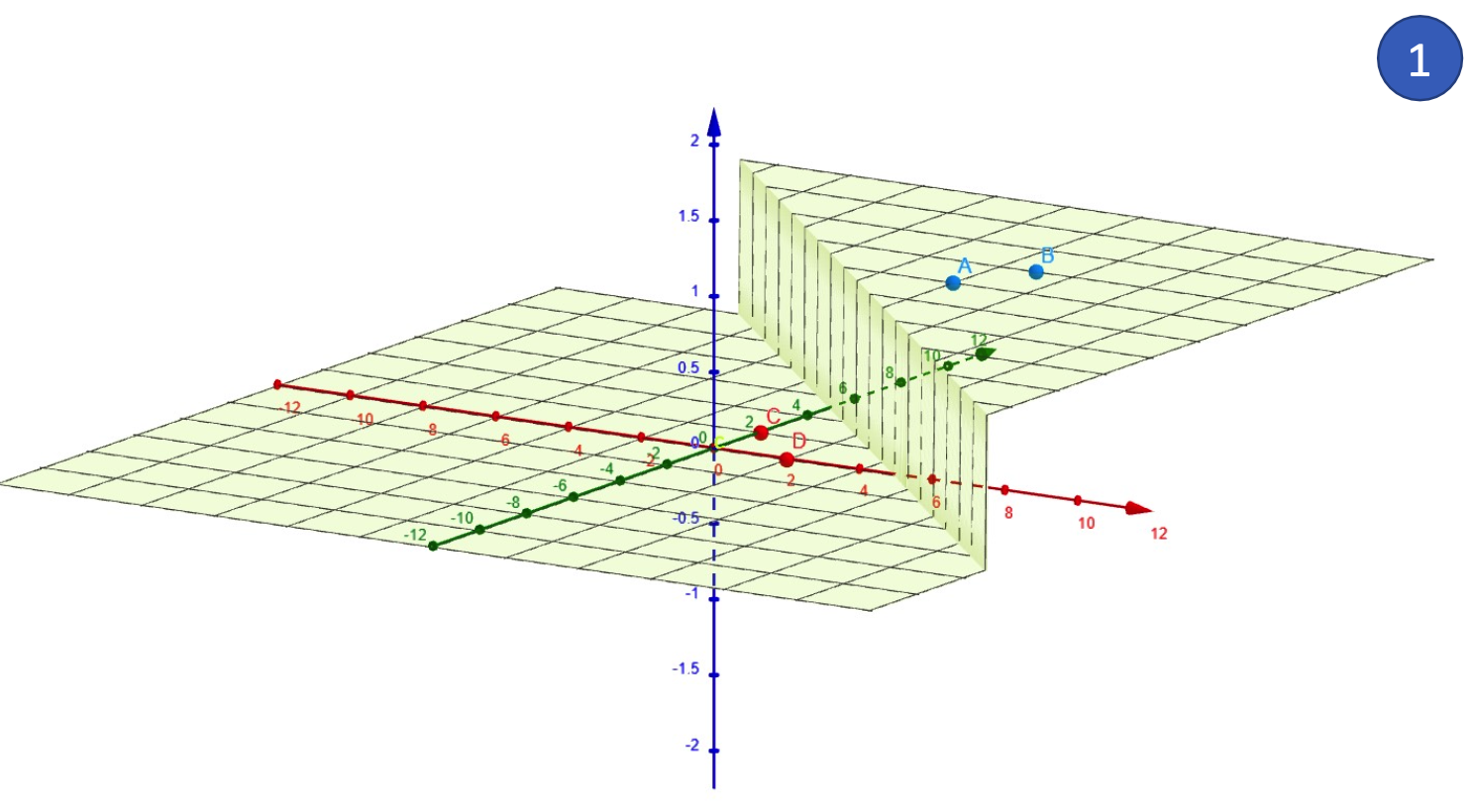
Considering the constraints for existing data:
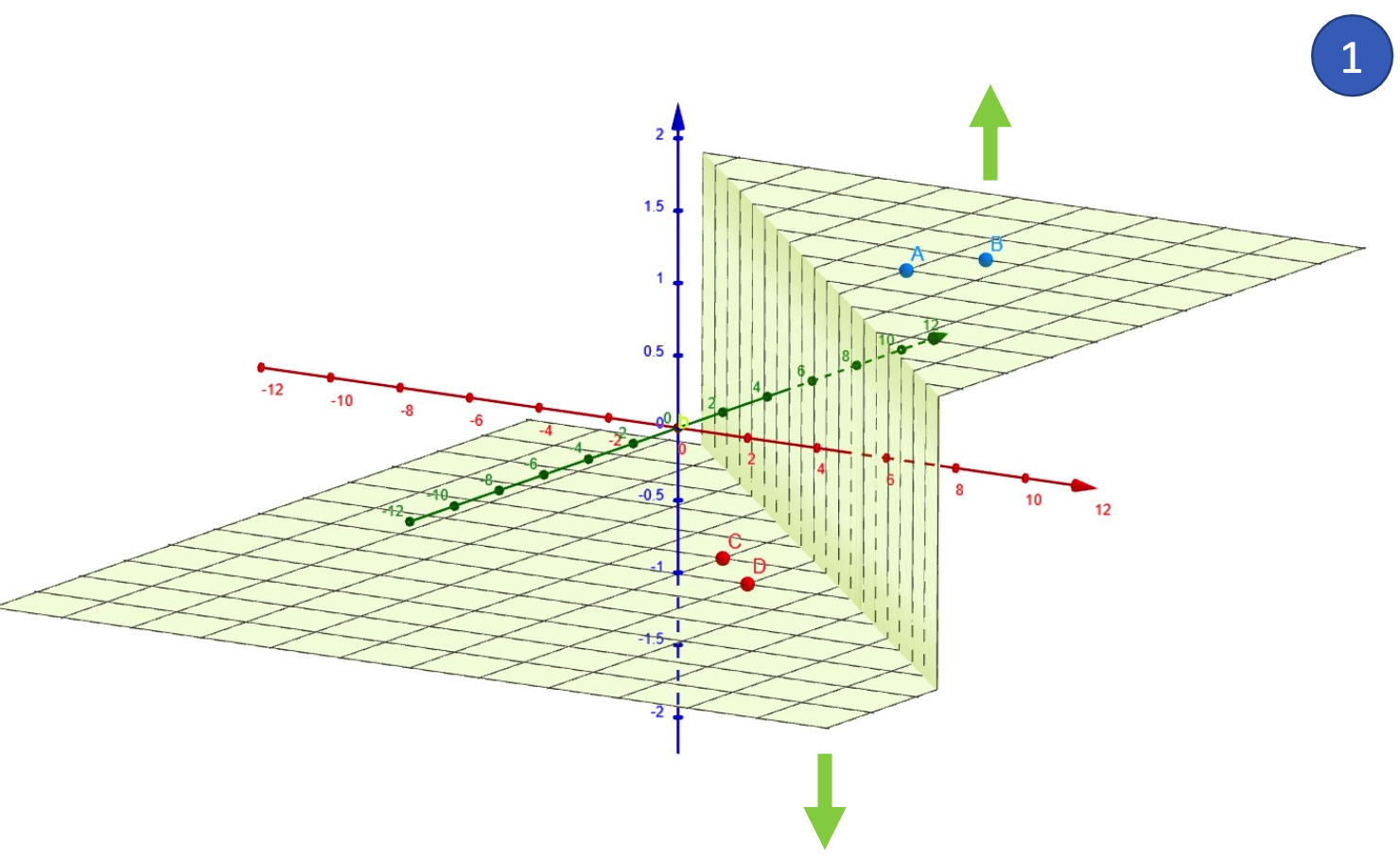
Thus,
The equality constraint, thus, is satisfied from the following:
and thus, if the
satisfying the equality constraint, which is crucial as
- it identifies support vectors - the subset of training points that determine the position and orientation of decision boundary
- which is used for computing the optimal hyperplane
Step 2: Margin Equation
Given that we have the decision rule, we can then find the margin equation:
Step 3: Maximising Margin
Thus, we can maximise the margin (indicated in blue) while classifying correctly (indicated in yellow).
Thus, we get the constrained optimisation problem, where we minimise
subject to the constraint as mentioned above.
To solve this, Lagrange multipliers
to convert the constrained optimisation problem into an unconstrained one. The term insides the summation instead, enforces the classification constraint.
Effectively, we are trying to maximise the Lagrangian multiplier, while minimising the weights and bias of the margin, getting the optimisation problem:
We can then solve the optimisation problem, first by (partially) differentiating with regards to
This means only support vectors (points where the Lagrangian multiplier
then, we (partially) differentiate with regards to
This ensures that the classifier is balanced around the decision boundary.
We then can plug these back into the Lagrange function to achieve the dual objective:
To get the maximum of
Soft Margin SVM (Non-Linearly Separable)
However, the data might not be linearly separable. If the data is non-linearly separable, a standard linear SVM won’t work because a straight hyperplane cannot separate the classes.
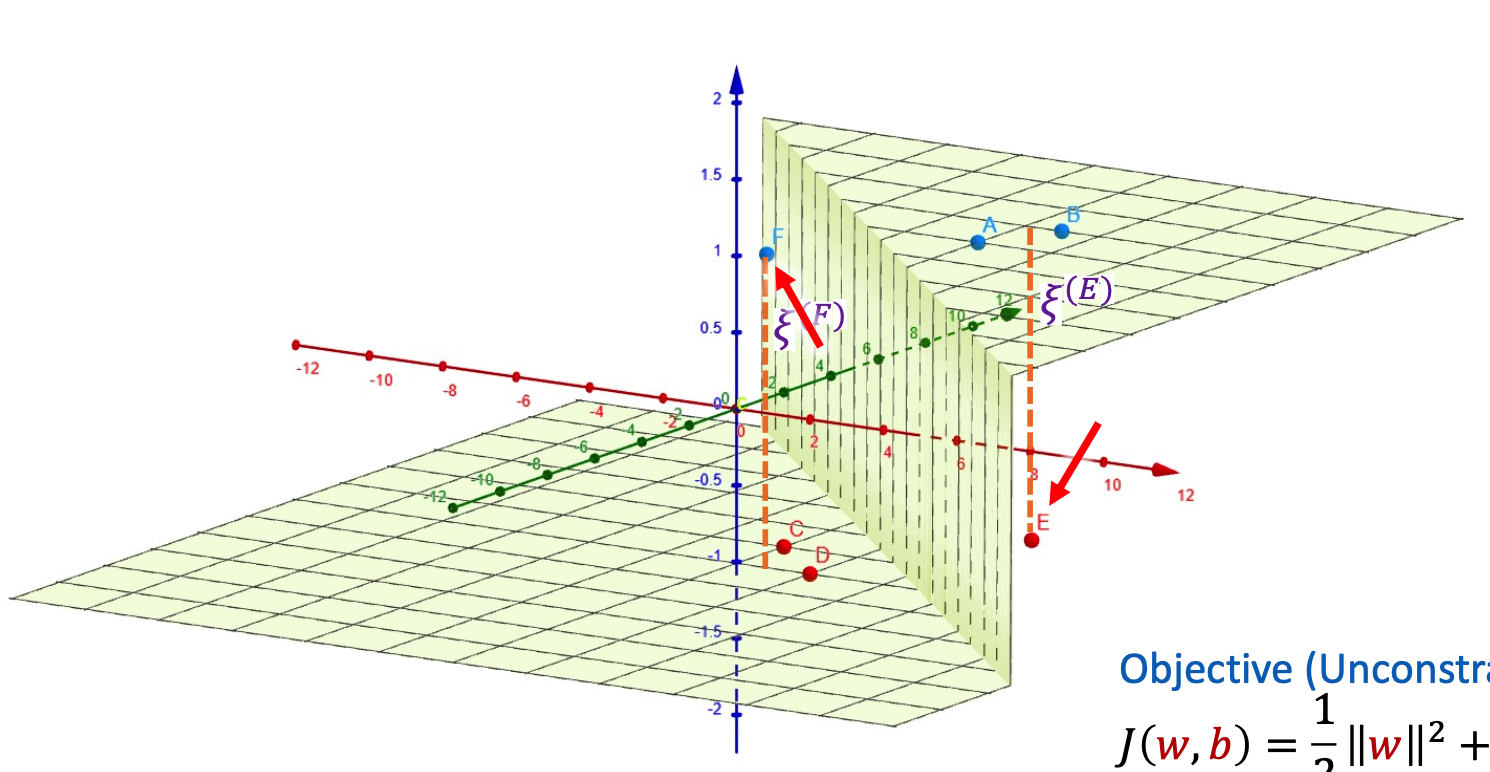
Introducing Slack Variables
With slack variables, we allow for some slack variables
New Objective Function
With this, the new optimisation problem becomes,
where
The unconstrained objective function then becomes: